The Museum of Fine Arts. History and my experience.
Hello, steemians! If you read my introduction, you know that for me, the Museum of Fine Arts is one of those places you fall in love with for life, so I decided to tell you a little bit about this place below.
The Foundation of National Museums (FNM) is part of the Ministry of Culture and is an entity that specializes in the museological field of the country. Its mission is to enrich collections, record, preserve and research to build multiple narratives of the history of cultural processes for the public, the Museum of Fine Arts is part of this entity.
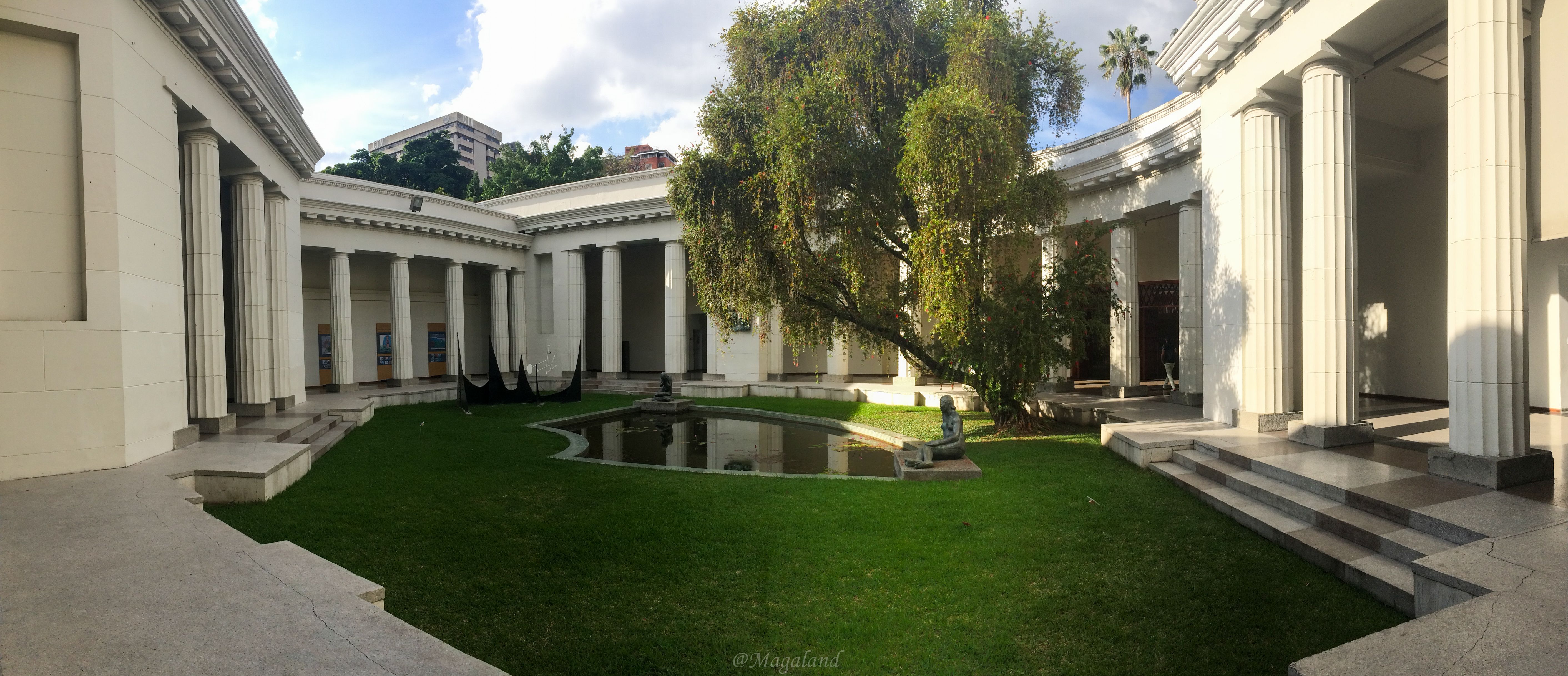
Onthe FNM website we can find a little bit of its history:
The history of the Museum of Fine Arts goes back to 1917, when the President of the Republic (E), Victorino Márquez Bustillos, decreed its creation with sections of painting, sculpture and architecture. Its initial location was a space in the Central University Of Venezuela, then adjacent to the National Museum. Its formal opening takes place on October 19, 1918, exhibiting works belonging to the Academy of Fine Arts. In 1938, under the presidency of General Eleazar López Contreras, it was consolidated in the community with the inauguration of its own headquarters, a neoclassical building designed by the renowned architect Carlos Raúl Villanueva, located in Los Caobos Park. It operated there until 1976, when it was assigned a new building, vertical and of brutalist architecture - also by Villanueva - built in the eastern sector of the garden of the previous building. In the same year the original building was ceded to the National Art Gallery until 2008, when the Museum of Fine Arts recovers its spaces. It currently has 18 exhibition halls in which are exhibited works from its collection of different periods and cultures from Latin America, North America and Europe, in addition to a valuable compilation of works on paper, in techniques such as drawing, printing and photography, as well as representative objects of Egyptian Art and Chinese Ceramics."
However, this is information provided by the official sites, I want to tell you a little about how it is inside the museum through my experience.
Life goes on in incredible ways, and this time it was no exception. In Venezuela, the law requires that all university students must complete their studies by doing community service. In my case, I had to carry out a project focused on children and art. The place you know what it is, ironic. While there I met incredible people, if before I felt the way I felt about the museum, now I saw it as my home, there wasn't a day that I didn't want to go, that I arrived late or left early, no.
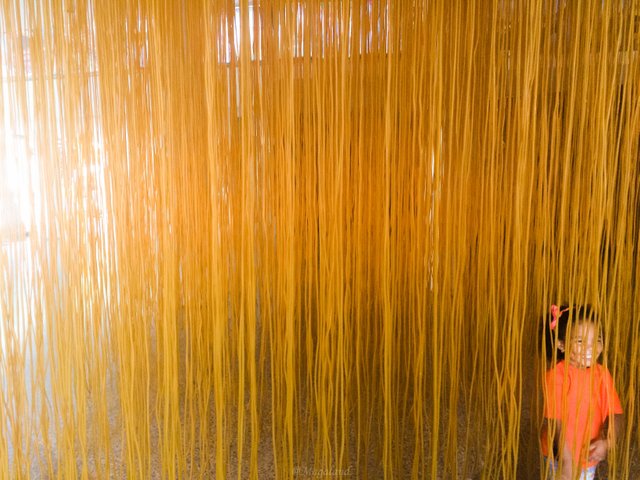
My duties were various, I started in the area of education at the Museum (as my project specified), helping with the courses: dance, crafts, recycling, cooking, etc.. I've always liked children so I felt great working with them, and in a short time I made good friends and was able to enjoy many incredible experiences.
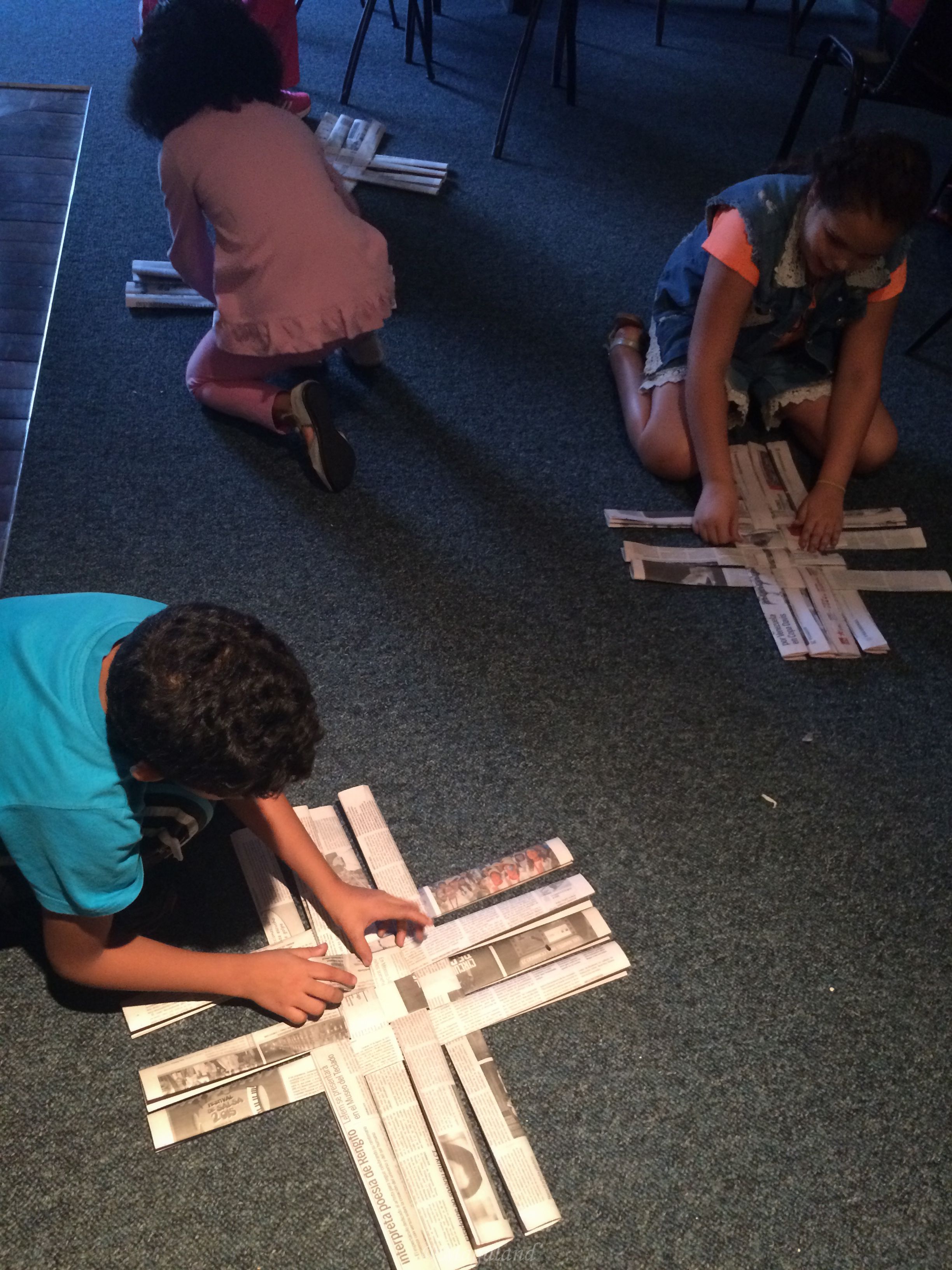
I met Alba, a very particular girl, she was interested in so many things and was always in a hurry for the next class, she loved the recycling class and although at first it took her a long time to understand that her dad would be back in three hours for her, then there was no way to get her out of the Museum (she reminded me of someone).
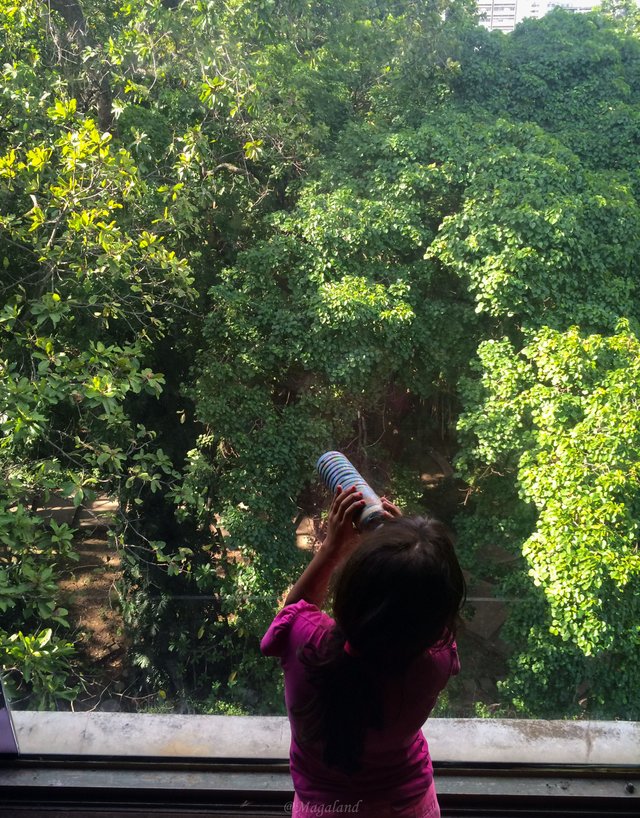
Diana, another girl who didn't trust anyone at first, just wanted to be with her mother. The first few days were difficult because she wouldn't stop crying and the teacher didn't have much patience, so I had to talk to her, take her out of class, explain that her mother was waiting for her downstairs, calm her down. I wasn't very convincing, but I got her into her dance class, when she understood what they were doing there, she was the best, she wouldn't stop dancing and the last day on the final presentation she stood out. We became best friends, her mom worked near the Museum so even though her course was over, she kept visiting me.

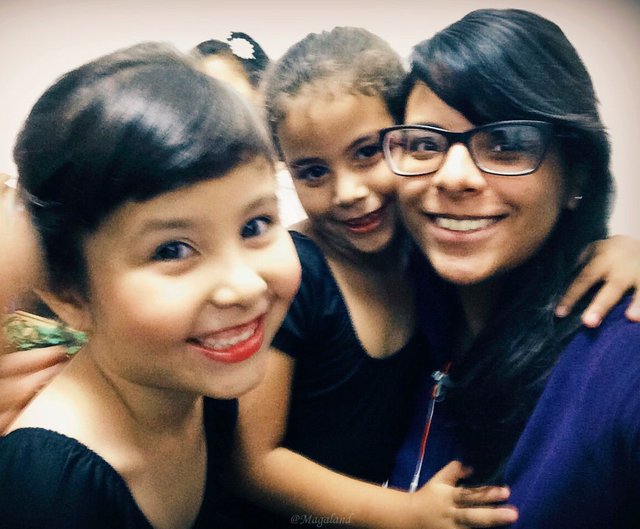
A week later, at the end of the courses, I found myself in the Museum's halls, my tasks were simple: to open the room that I was due that day, to check the place and keep a sort of inventory of all the art pieces found there, to make sure that everything was in order, to keep a record of the number of people who visited the exhibition hall and to make sure that the public complied with the rules, thus preserving each work. Although I certainly enjoyed my experience of the first week with the children very much, taking care of every hall was very different, it was magical, could not be called work, I could enjoy an inexplicable peace, I was able to spent the day detailing every single piece of art and was responsible for protecting everything that was there, what could be better than that?
Hall number 12 ("The Place of the Images" European Art Collection. 15th to 19th centuries) was the largest that was open to the public and was the first that I had to take care of. Although I loved being at the Museum every day and doing my job, I admit that every time I entered a room I died of fear, I saw everything so delicate, the paintings, the sculptures, the photographs, I didn't want anything bad to happen and therefore I lived in constant stress. In Venezuela there is no deep-rooted culture, no sense of care and belonging to art, thats why I was so mortified, not everything is as beautiful as it seems, I try to focus on the positive because it is a place I love, but I will not hide the fact that many people do not know how to behave in a museum and do not understand what it represents and I had bad experiences with people of that type. However, to return to the positive, I want to tell you that I met some amazing people.
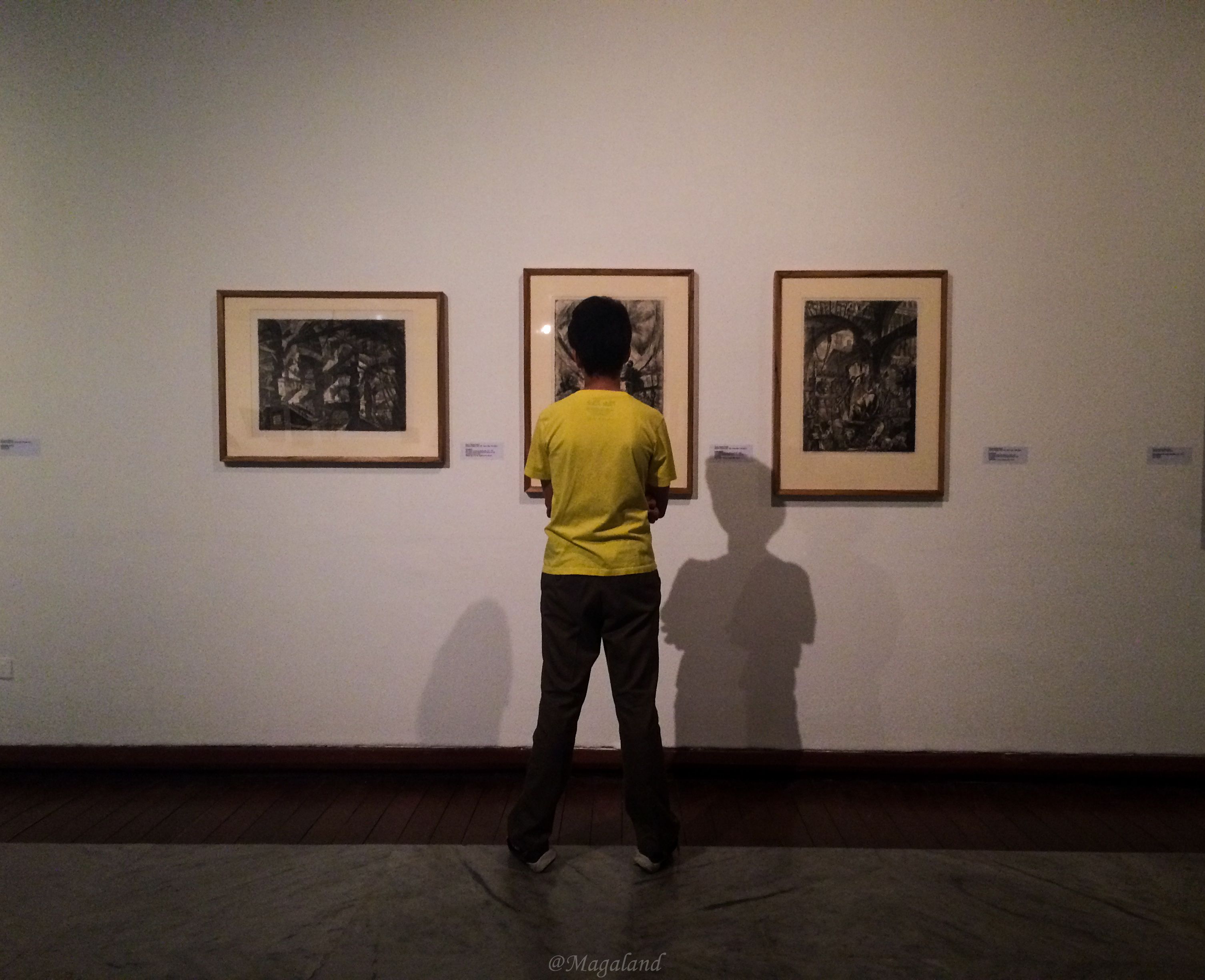
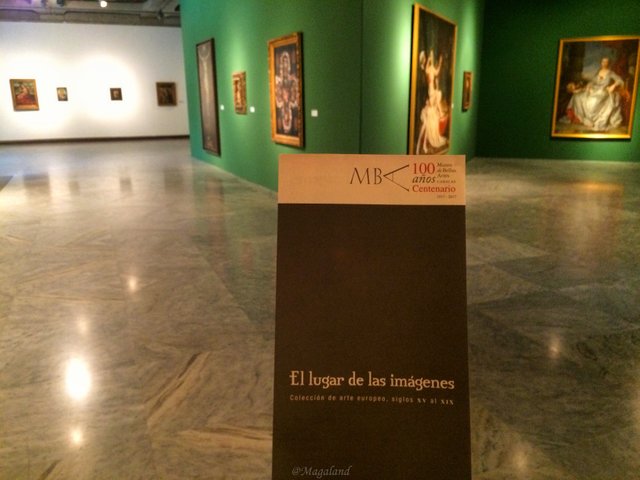
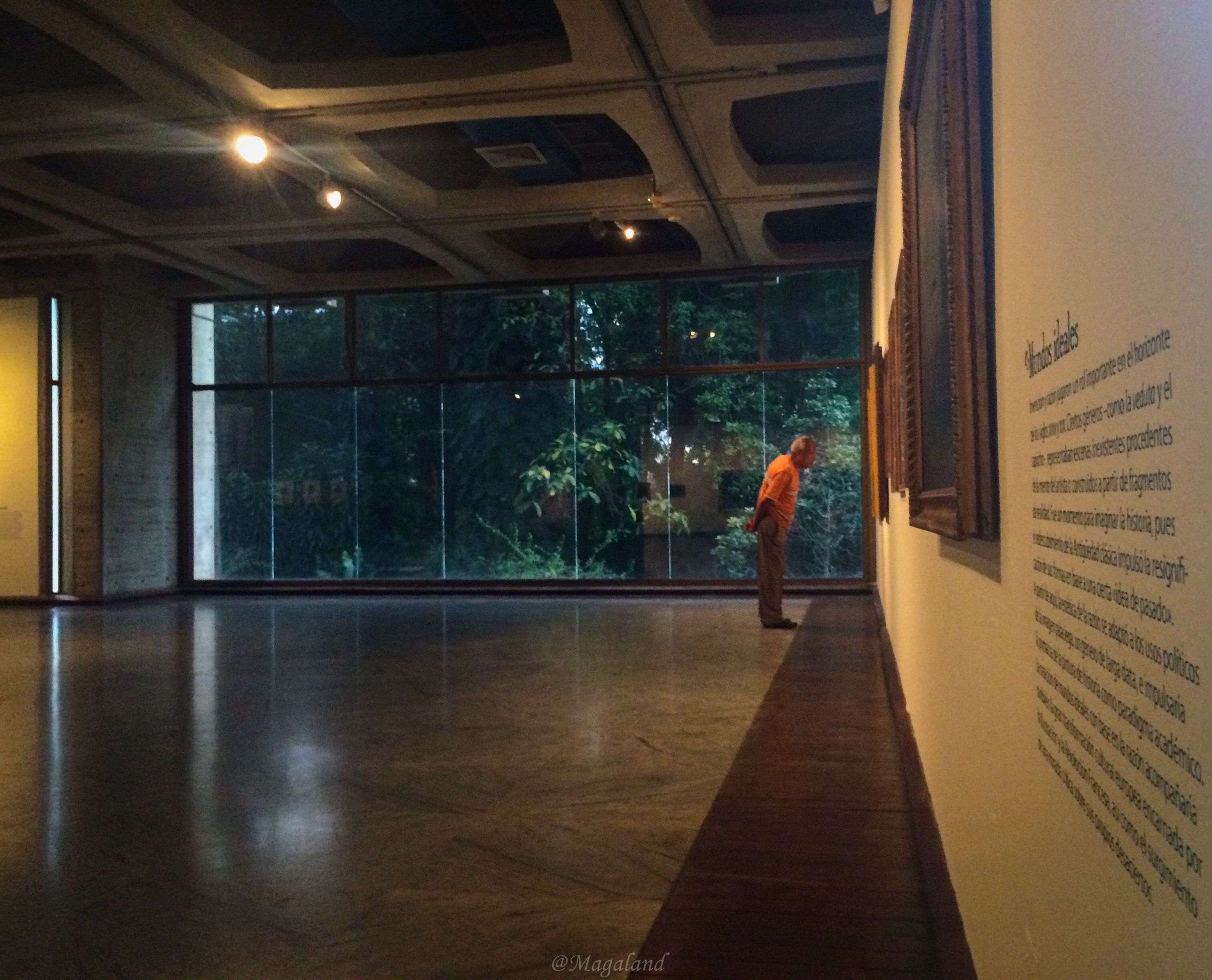
In halls 3,5 and 6 there was an exhibition of photography in Black and White, consisting of two series: "Beyond a Place" by Alexis Pérez-Luna and "So Far, So Close" by Leo Álvarez.
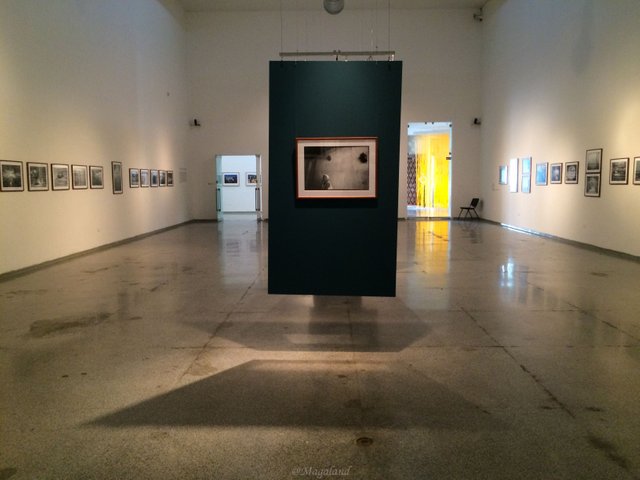
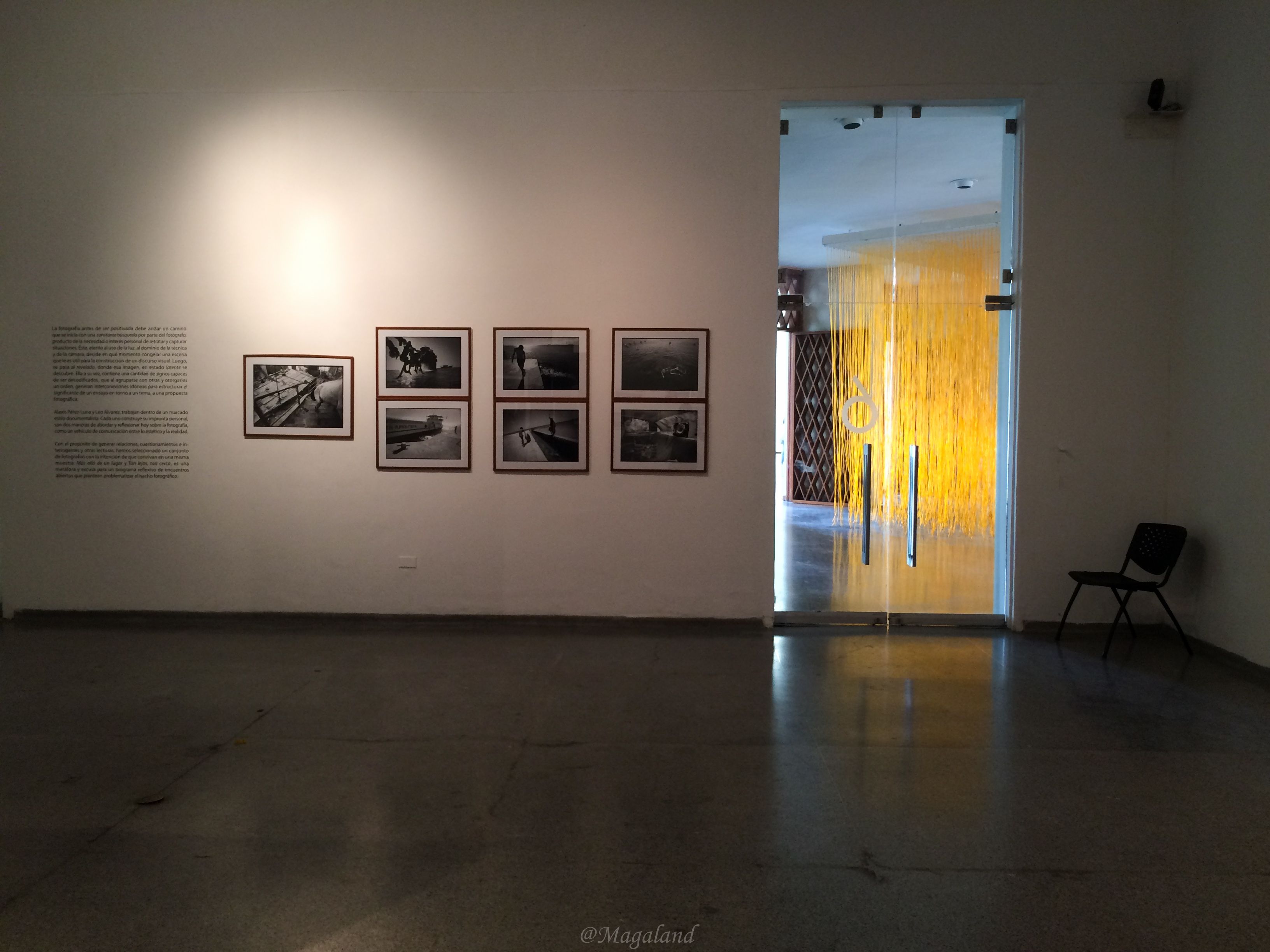
Halls 1 and 2: Specific Weights
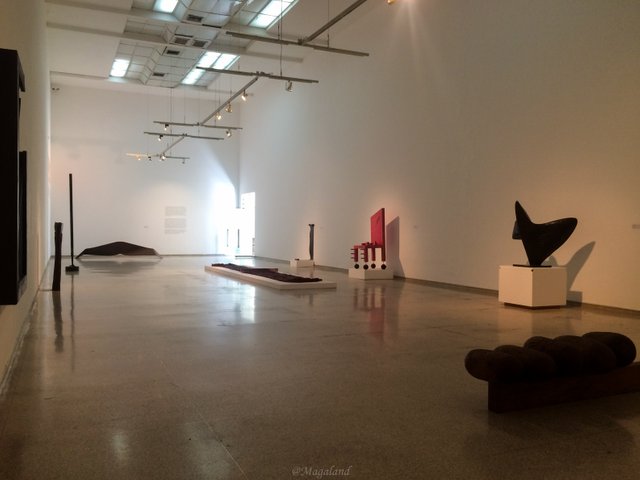
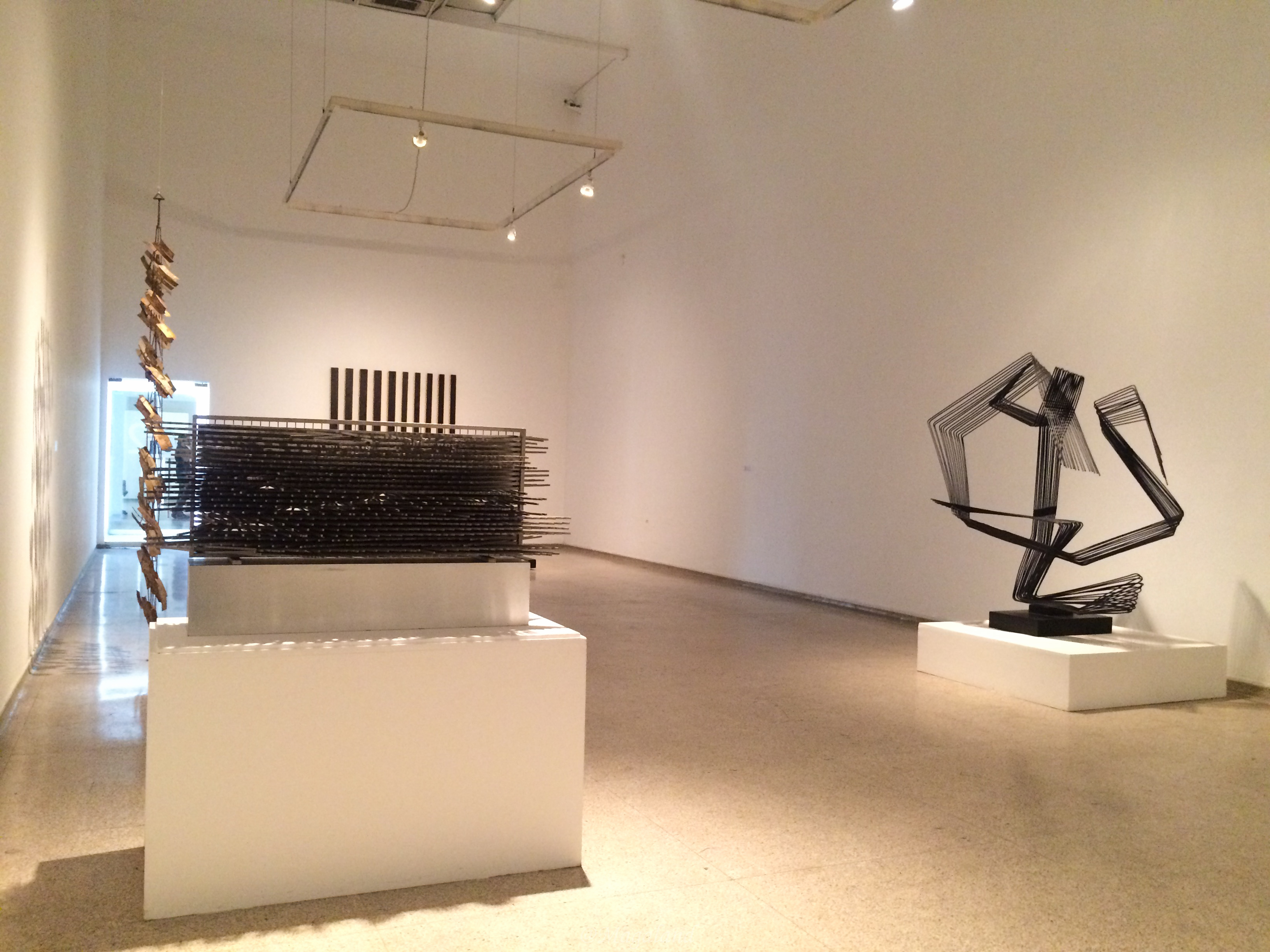
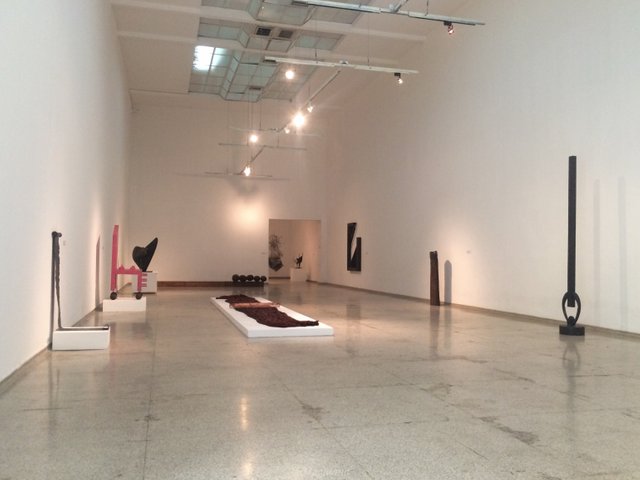
Hall 7: Bifurcated Spaces
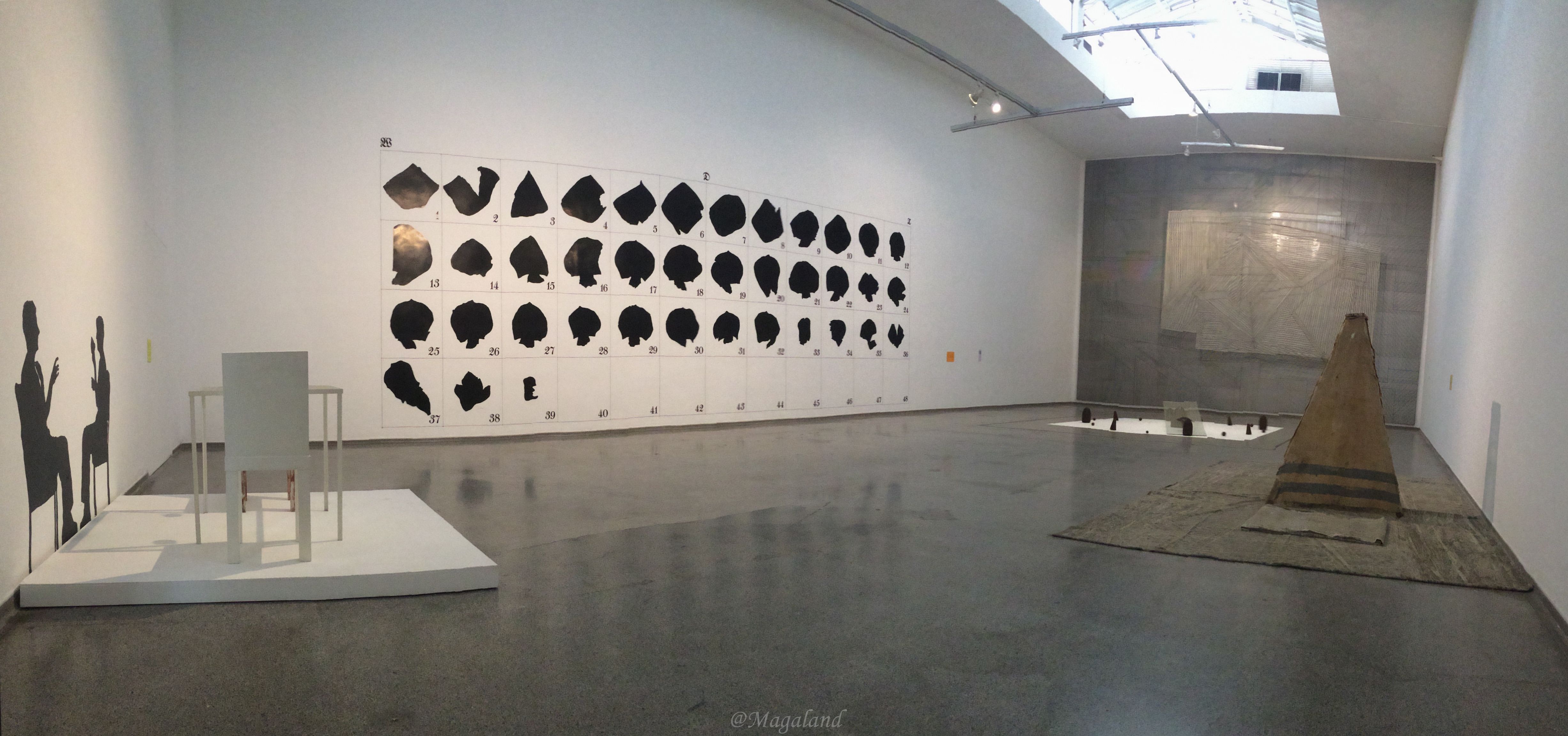
Halls 8 and 9: "A view of Indonesia" Paintings, Canvases, Photographs, Musical Instruments.

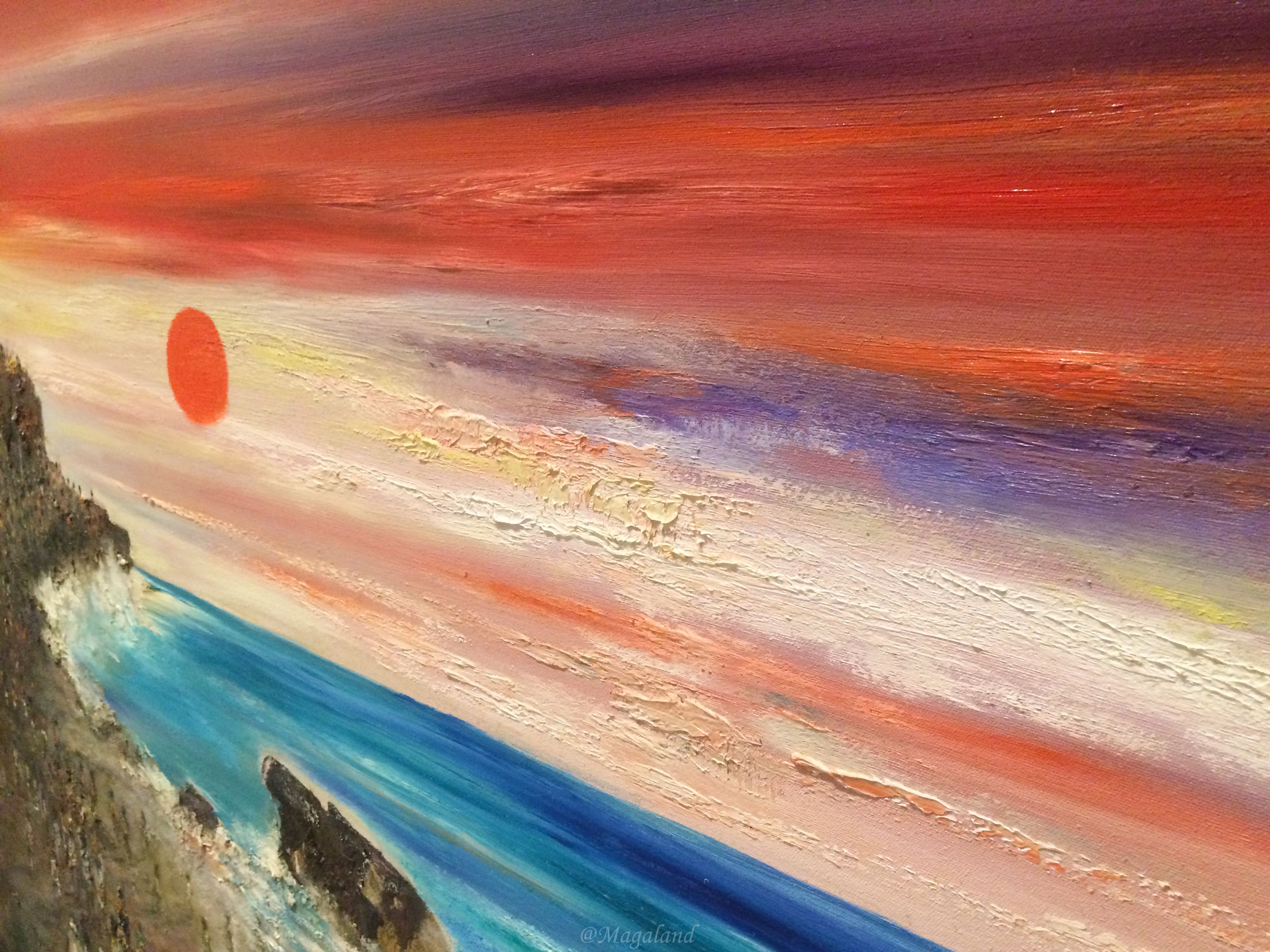
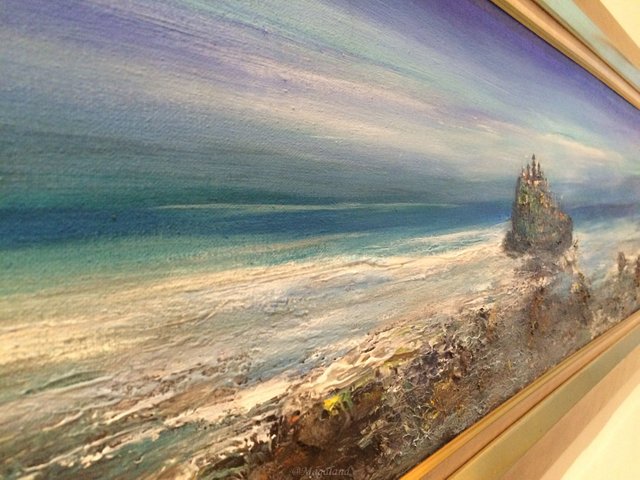
In my first days in the halls I met Raúl Gole, a Venezuelan painter who, according to what a couple of people who have been working for years at the Museum told me, passes through the halls every day, loves portraits and is a very passionate person. When he was in one of my halls he told me how everything had changed in Venezuela, how difficult it is to be a painter, to found all the materials and to survive the day to day, I loved to listen to him, he is a very strong person of character but very attentive. Before leaving he told me: look, child, you have to do what really makes you happy, don't be afraid. And he gave me a sketch he was making in a tea bag, yes, a tea bag.
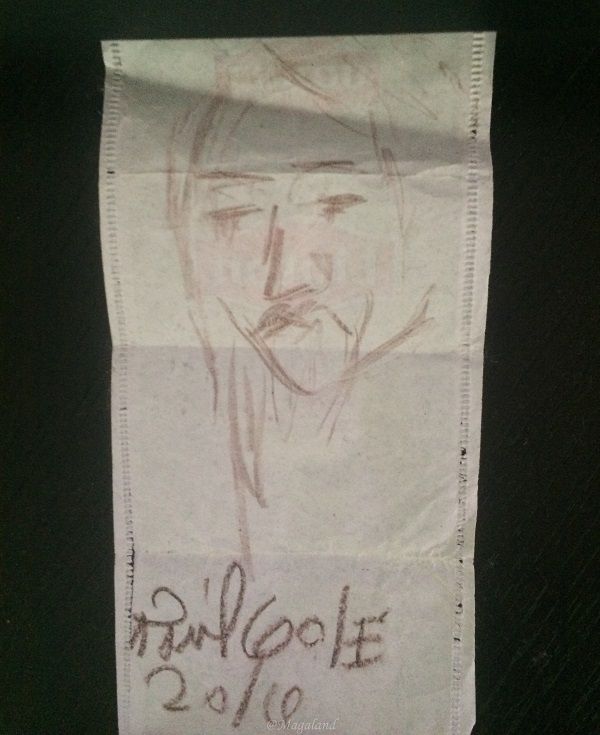
I met a Venezuelan photographer who had not been to the Museum of Fine Arts for more than 20 years, he entered the hall I was taking care of taking photos and obviously caught my attention, asked me a couple of questions and after that we had a conversation for about two hours, cameras, photos, places, trips, art, we talked about everything, I told him about my favorite photographer, Vivian Maier, he had never heard of her and when he heard everything I said and the photos of her I showed him were her words: amazing, what perfect photographs, I'll do more research on her, thank you. I was definitely very happy with his visit.
But without a doubt one of the most interesting people I met was Mr. Gutiérrez, a very humble person who works at the Museum as a security man but who studied art, that kind of person who tries to be close to what they love no matter what, he does his job with a lot of love and knows the Museum like no one else, we became very close friends from day one, I never got tired of hearing his stories. On my last day of service, he gave me five pages that he himself had written about the history of the Museum and a plan of the neoclassical building:
History of the Museum of Fine Arts
The Museum of Fine Arts was decreed in 1917 during the interim presidency of Dr. Victorino Márquez Bustillos, but it was not until July 24, 1935, by decree of General Juan Vicente Gómez, President of the Republic of Venezuela, that its construction began. The design was entrusted to the architect Carlos Raúl Villanueva, a Neoclassical style building with eleven exhibition halls and the rest administrative offices.
On December 31, 1936, and for a period of 17 months, the building was completed. On the same date, the Ministry of Public Works (MPW) handed over the work to the national government through the Ministry of Education. (1935-1936).
But, it is from February 20, 1938, that the building was inaugurated by General Eleazar López Contreras, president of Venezuela. Thus the Museum of Fine Arts acquired its own headquarters. Its first director was Carlos Otero, a nationally renowned sculptor and painter.
For the year 1972, the national government built a new vertical building with clean and brutalist architecture, consisting of five levels and culminating in a terrace, also has eight exhibition halls and administrative offices. This work was carried out in the eastern sector of the Garden from the previous construction. This work is also designed by the architect Carlos Raúl Villanueva.
On November 28, 1973, the MPW delivered the building, whose construction time was 21 months and was inaugurated by President Rafael Caldera.
Later, in 1976, the historic building of the Museum of Fine Arts, built in 1936, became the headquarters of the newly created National Art Gallery and consequently the Museum of Fine Arts was moved to the new building designed for its expansion and extension. Thus, both institutions were forced to live together with physical limitations, which influenced their growth.
For the month of August 2008, the Fine Arts Museum recovers its old Neoclassical architecture, with the departure and move of the National Art Gallery to its new headquarters.
The collections:
The Museum of Fine Arts is the only one in our country that addresses the study of art at all times, from a universal perspective, and for this reason it holds important collections from different periods and cultures, especially from Europe, the United States and Latin America. Among them:
- Latin American Art Collection. 428 works
- Collection of medieval and modern European art. 113 works
- European and North American Contemporary Art Collection. 158 works
- Cubism and related trends collection. 20th Century
- Ceramic collection Centuries: XX-XV-XVIII-XIX
- Egyptian Art Collection
- Drawing collection
- Print collection
- Photography collection
Without a doubt the Fine Arts Museum is a wonderful place that hides immense potential, in this post I focused on the positive things , my experience, but today the installation needs more love, more affection, more people like Mr. Gutiérrez, more artists like Raúl, more people like you and me, who really value that place for what it is and what it represents.
I hope to bring you a little more from the Museum soon.

@Magaland
Iphone 5s
Yo no soy un robot y tampoco un bot... pero hay que ayudarnos mutuamente... voto por voto... https://steemit.com/life/@juanpablo420/salsa-de-zanahoria-para-untar
Hi LOVE YOUR POST MAN!!! LIKE MY POST TOO!!!!! HERE IS THE LINK: https://steemit.com/bots/@abusereports/last-minute-upvote-list-2018-05-02